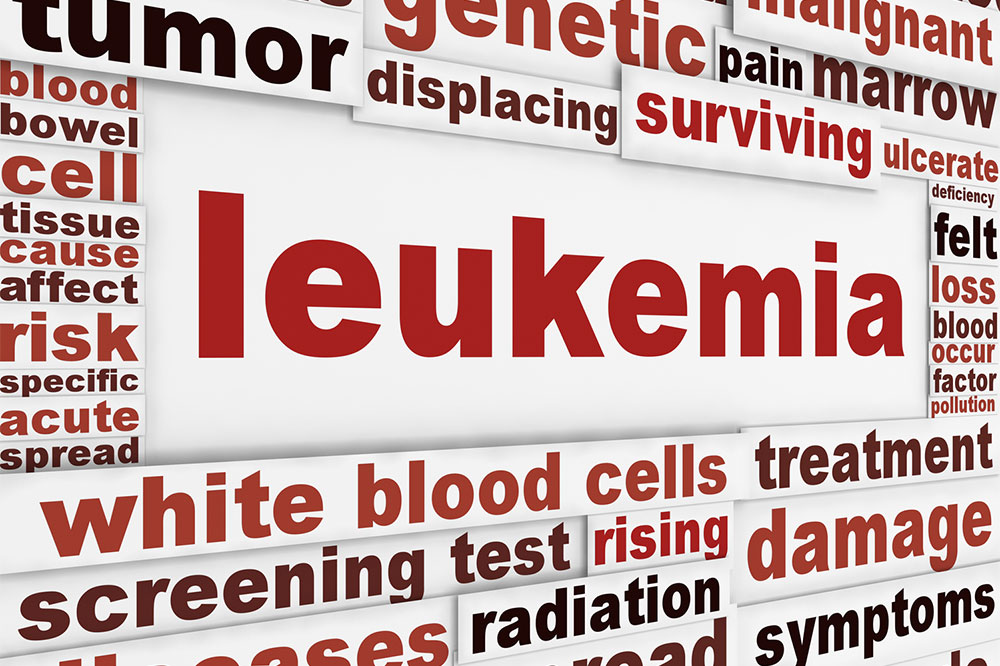Understanding Symptoms and Causes of Acute Myeloid Leukemia
AML is an aggressive blood cancer with symptoms resembling the flu, including fatigue, bruising, and infections. It develops due to DNA mutations, with risk factors like smoking, age, radiation exposure, and genetic conditions. Early detection is vital for effective treatment.
Sponsored

Acute myeloid leukemia (AML) is a fast-progressing blood cancer that impacts the production of healthy white blood cells. This condition causes abnormal growth of immature cells in the bone marrow, which can affect overall immune function and health. Recognizing early signs can be crucial for timely diagnosis and treatment. The disease often presents with flu-like symptoms initially, including fever and fatigue, but can progress to more serious manifestations.
Common symptoms include:
Breathlessness
Bone discomfort
Unusual bruising
Red spots under the skin
Profuse sweating
Loss of appetite and weight
Swollen gums
Frequent infections
What causes AML?
While the exact cause remains uncertain, AML develops due to DNA mutations that disrupt normal blood cell development. These genetic changes lead to the proliferation of immature cells, outnumbering healthy ones. Several factors can increase risk, such as:
Smoking: Exposure to carcinogens like benzene from cigarettes raises AML risk.
Age: Most cases occur in individuals over 65 years old, rarely affecting children or younger adults.
Radiation exposure: High-dose radiation or prior radiation therapy for cancer increases risk.
Genetic disorders: Conditions like Down syndrome and Fanconi anemia are linked with higher AML susceptibility.






